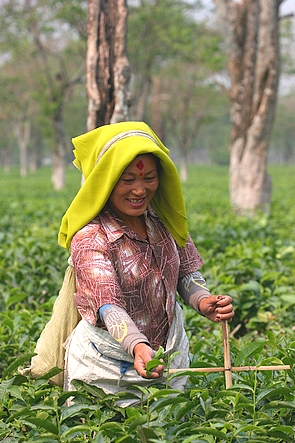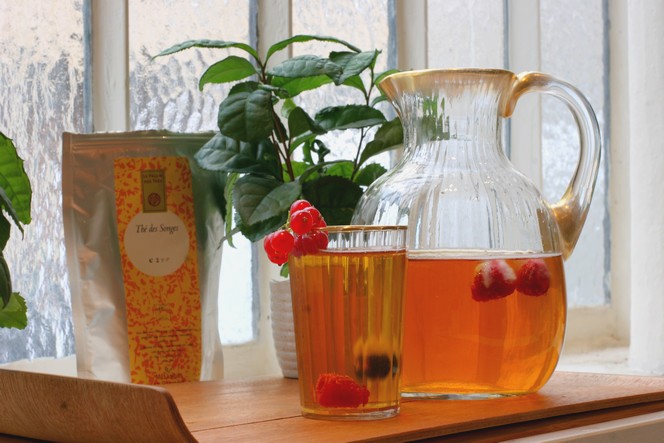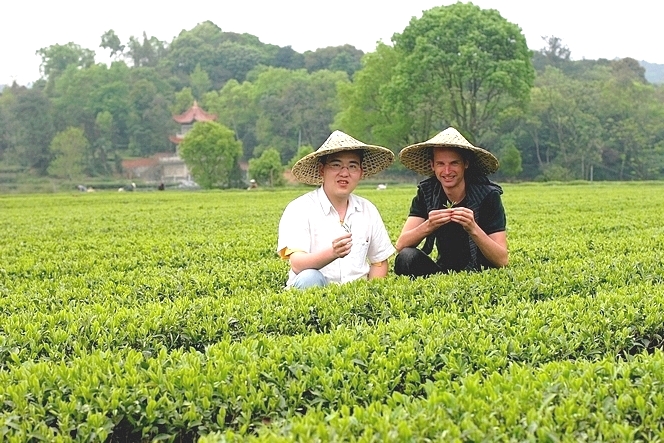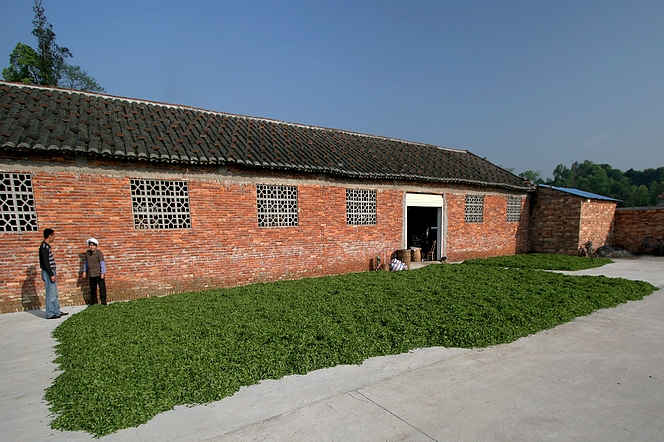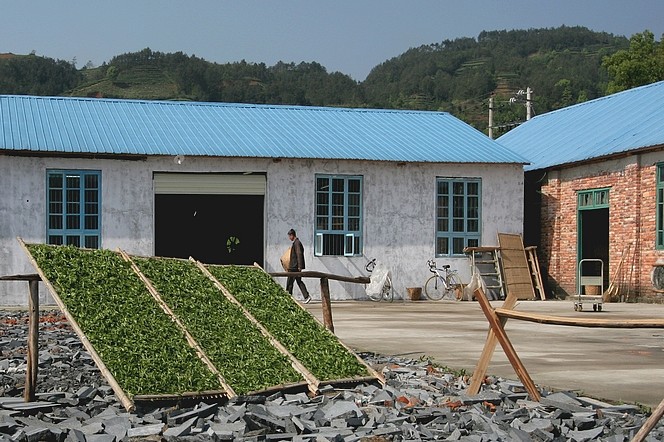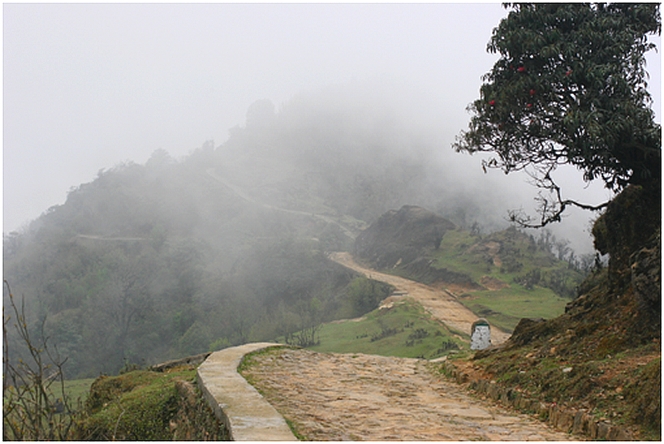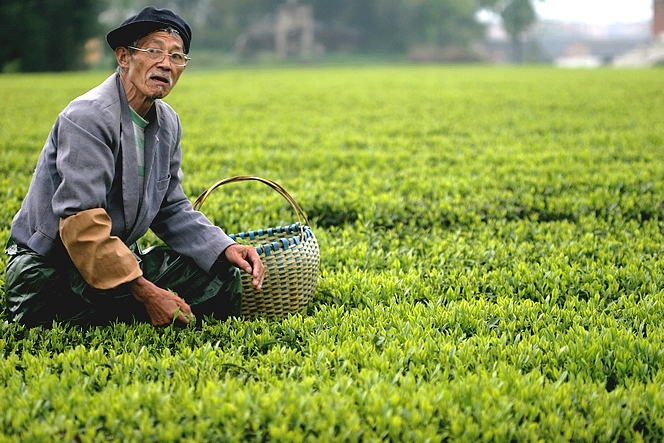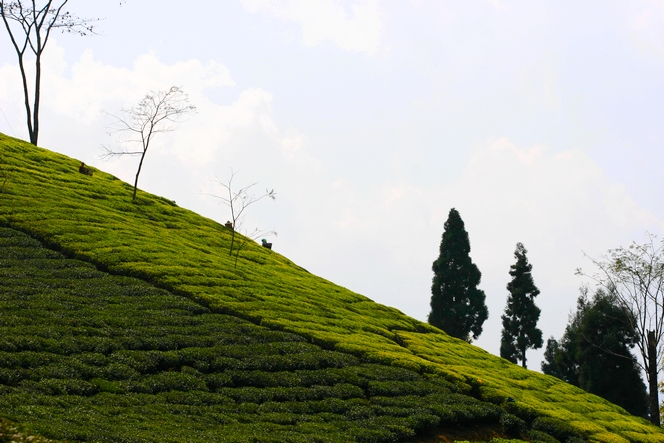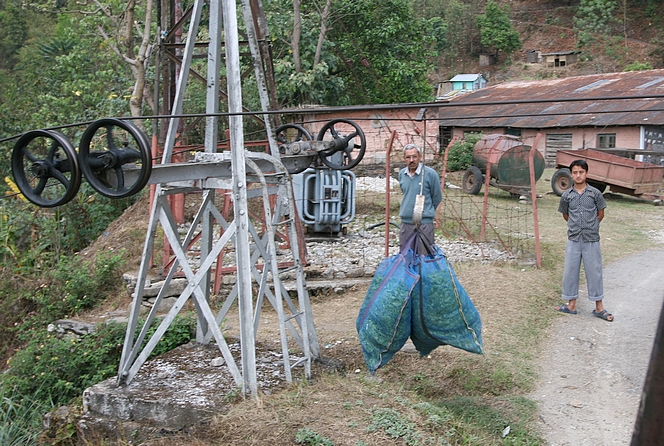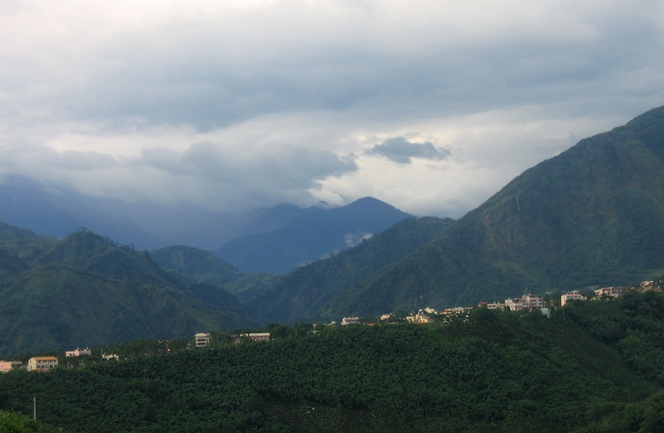Vendredi dernier, j’ai passé la journée dans ma salle de dégustation. Mais dans cette pièce d’habitude fraîche il faisait si chaud qu’après avoir dégusté un grand nombre de Darjeeling 2nd flush j’ai eu envie d’un thé froid. Je m’en suis préparé deux différents, car j’aime bien faire des comparaisons : un Thé des Songes ainsi qu’un Thé des Sables.
La recette du thé glacé est simplissime : vous mettez 15 grammes de thé à infuser dans un litre d’eau pendant 30 minutes, puis vous passez le thé à l’aide d’un passe-thé ou bien d’un filtre et c’est prêt ! Après cela, libre à vous de mettre la carafe ou la bouteille au réfrigérateur, si vous voulez un thé glacé plutôt qu’un thé froid. Au moment de servir, et comme suggestion d’accompagnement, quelques glaçons avec des fruits d’été pris dans la glace (myrtilles, framboises, groseilles) : c’est joli et gourmand.
Pour vous aider dans le choix des thés qui sont délicieux consommés froid, voici quelques uns de mes favoris : Bancha Hojicha, Grand Jasmin Chung Feng, Genmaïcha, Tie Guan Yin, Thé des Sables, Thé des Enfants, Thé du Hammam, Thé des Songes Blancs, ainsi que la plupart des thés parfumés à base d’agrumes ou de fruits rouges…
Bonne dégustation !
P.S. : sur la photo, juste derrière la carafe de Thé des Songes, l’un des petits théiers que l’on m’a offert au Japon en avril dernier. J’en prends grand soin et il me le rend bien : il a déjà doublé de taille !

